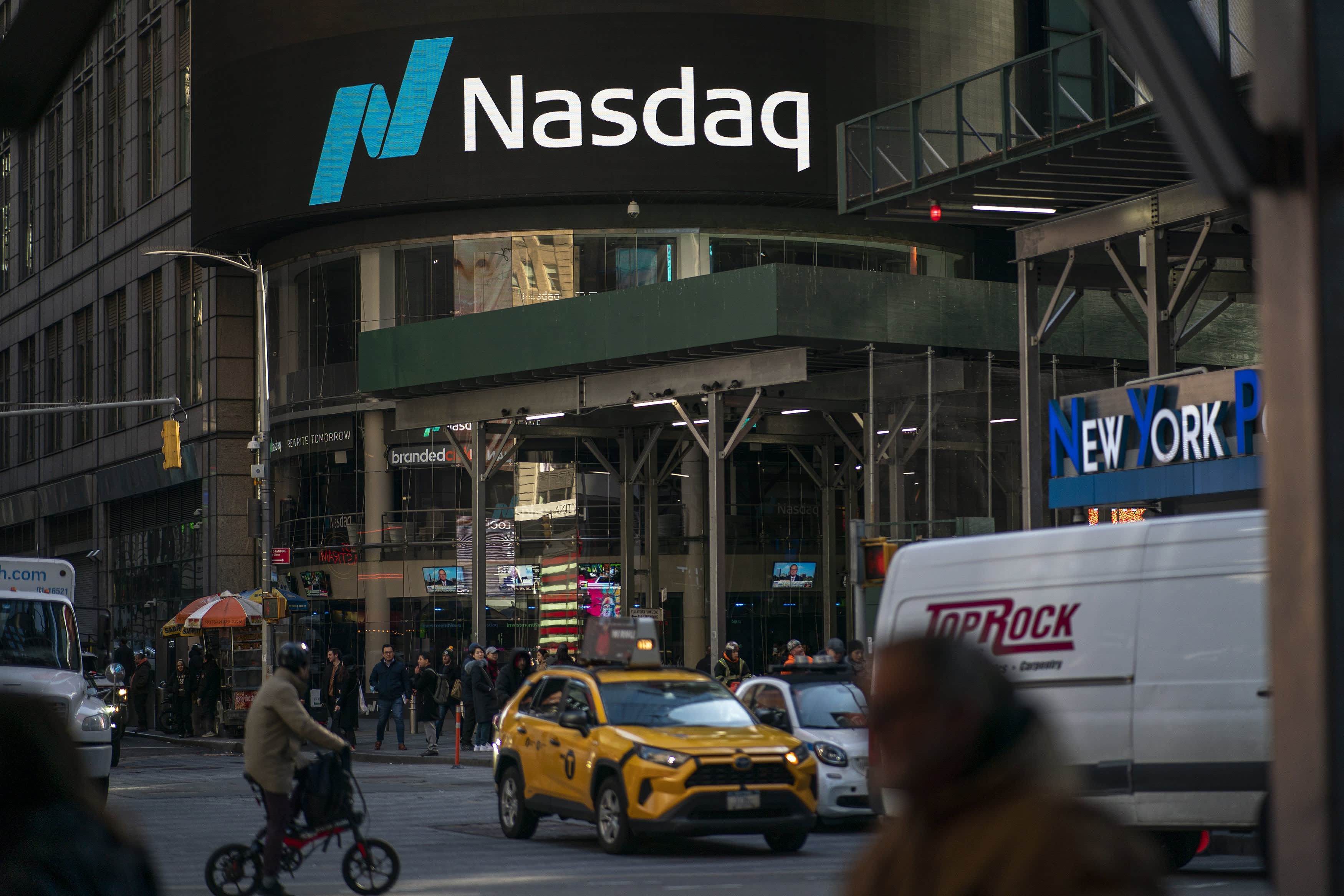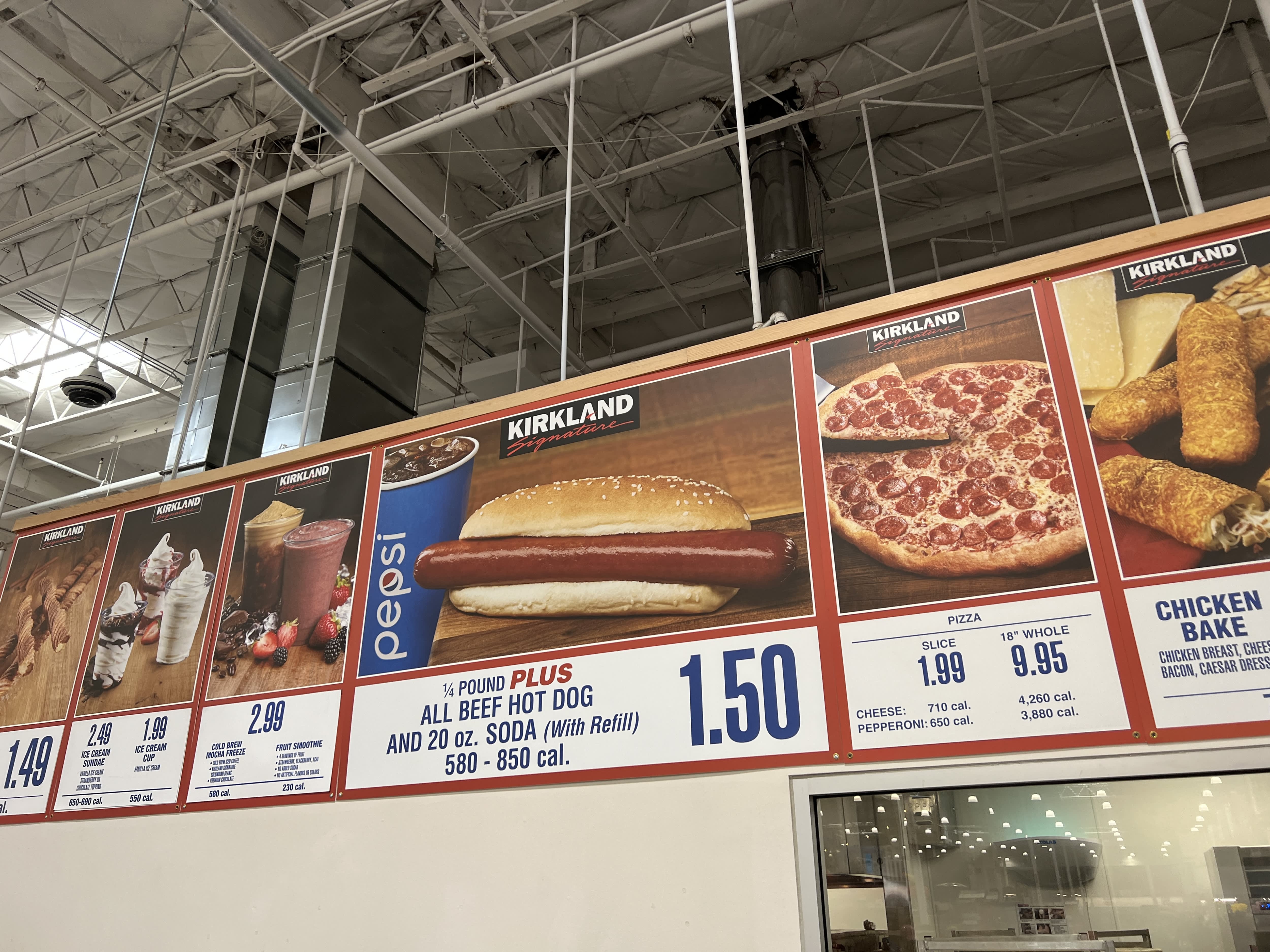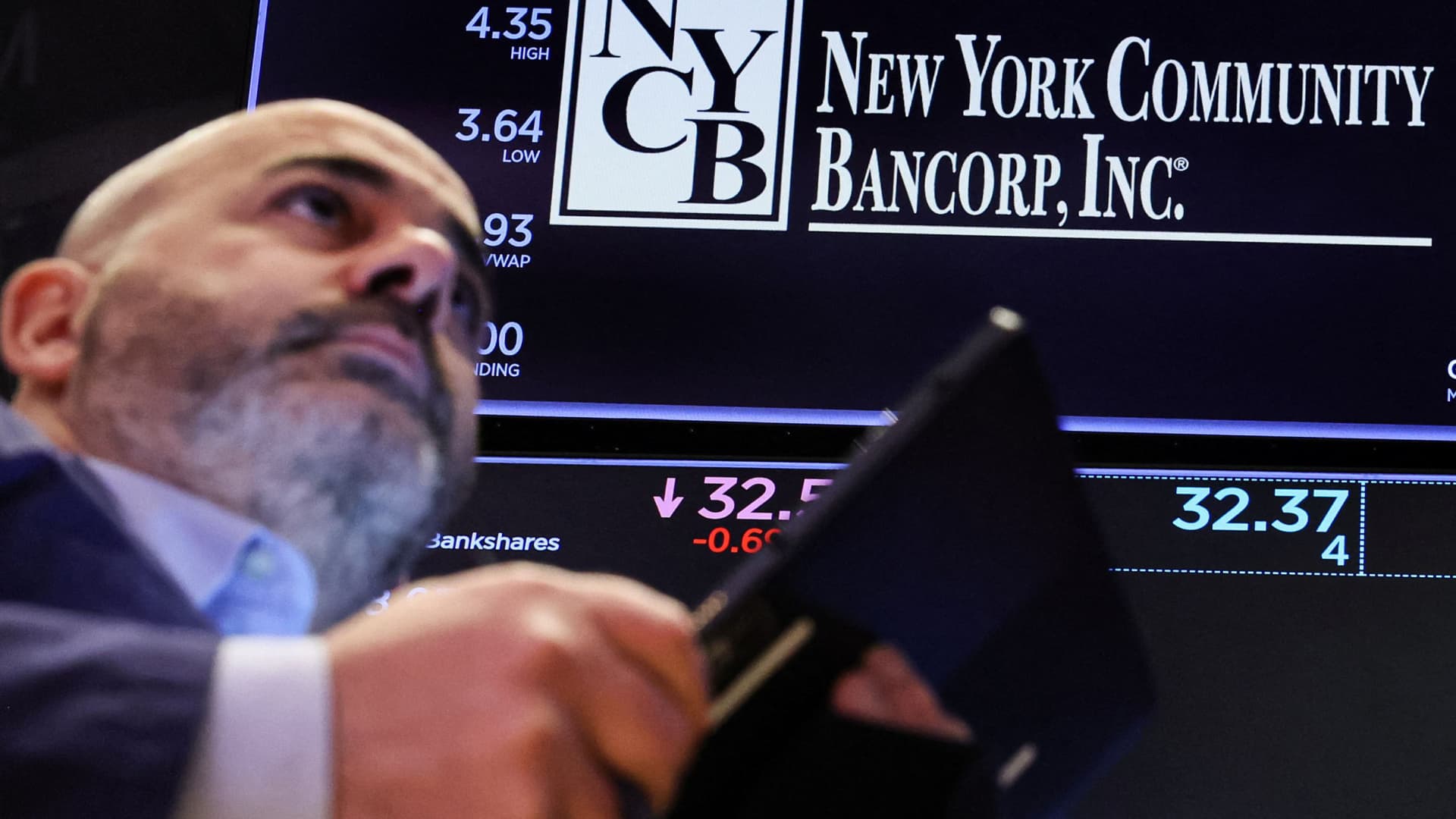The U.S. economy may not be in a recession, but it feels like it in a lot of stores across the nation.
Take Kroger, for instance. Inflation-pinched customers are downloading more coupons, cooking meals at home and switching to lower-priced private label brands to save money, the grocery giant’s CEO, Rodney McMullen, told CNBC’s “Squawk on the Street” earlier this month.
related investing news
“What customers are telling us, they’re already behaving like they’re in a recession,” he said.
Now, major retailers are dusting off their playbook for a recession — or at least for a period of slower sales. Companies previewed their strategies for the tougher backdrop in recent weeks, as they reported holiday-quarter earnings and shared full-year outlooks.
Target is bulking up on food and household essentials to drive foot traffic. Macy’s and Walmart are trying to win more sales from their most loyal customers. Best Buy and others are chasing new and exclusive products that may nudge customers to open up their wallets and even pay full price.
As the travel and restaurant sectors bounce back, it looks like the “rolling recession” is coming for the retail sector, even if the economy remains strong. Many retailers are calling for flat to declining sales this fiscal year, especially once the lift from inflation is taken out. It’s a sharp turnabout from the early years of the pandemic, which was a boom time for retail spending.
Here’s a look at some of retailers’ strategies.
Zeroing in on everyday items
Gallons of milk, paper towels and soap. Retailers are stocking up on those kinds of everyday products, which shoppers frequently replenish, as shoppers think twice about discretionary purchases.
Target, for instance, said it has intentionally skewed its inventory mix toward food and household essentials. Its overall inventory declined 3% year over year as of the end of the fiscal fourth quarter, but its inventory of discretionary merchandise dropped 13% during the same period.
Walmart, the country’s largest grocer by revenue, benefits from getting a larger chunk of sales from groceries. It has used lower-priced groceries to draw in shoppers across income levels, including more households with annual incomes of more than $100,000.
Yet selling evergreen items comes with a downside: They tend to be less profitable.
Walmart Chief Financial Officer John David Rainey acknowledged that on an earnings call with investors in late February, saying “product mix shifts have negatively impacted our margins.”
Relying on loyal customers
As the going gets tougher, retailers are looking toward a familiar audience: Loyal shoppers.
Macy’s and Costco are among the retailers that want to wring out more sales from the tried and true. Some have even turned membership programs into money-makers. Walmart is trying to attract more customers to its subscription service, Walmart+, which costs $98 a year, or $12.95 on a monthly basis. Best Buy has the Totaltech program, which costs $199.99 per year. Lululemon has a free and a paid membership program, which debuted in the fall.
Costco, a membership-based warehouse club, is seeing more customers upgrade to Executive, its top-tier of membership. Chief Financial Officer Richard Galanti told investors on a call in early March that at the end of its most recent quarter, it had 30.6 million paid Executive memberships, which account for about 45% of overall paid members and drive about 73% of worldwide sales.
At Macy’s-owned Bloomingdale’s, members of its Loyallist program drove over 70% of same-store sales, which includes its own brands and third-party brands. Members of that program spent 7% more year over year, as of the end of Macy’s fourth quarter, CEO Jeff Gennette told investors.
Kroger’s McMullen said Wednesday at a Bank of America investor conference that its loyal customers tend to spend 10 times more than an occasional shopper. He said the company wants to get more of their dollars by getting “people into the rewards cycle” and better personalizing their experience.
Chasing newness and value
As customers become more cautious, retailers are racing toward the next hot thing or at least the thing that only they have.
Target anticipates modest or even declining sales in the year ahead, with same-store sales ranging from a low single-digit decline to a low single-digit increase for fiscal 2023. Even so, the discounter is pressing ahead with more exclusive items and flashy customer amenities. Target shoppers can soon get a Starbucks coffee, make a return and retrieve an online purchases without leaving their cars. The company is launching or expanding more than 10 private brands in the coming year, too.
“In an environment where consumers are making tradeoffs, more of the same is not going to get it done,” Christina Hennington, Target’s chief growth officer, said at an investor event in New York.
Value is a key part of retailers’ fresh offers. At Kroger, shoppers can find a new exclusive brand called Smart Way that offers basic groceries like sliced bread and mustard at the lowest price point.
And at Best Buy, CEO Corie Barry said innovation will help motivate shoppers to upgrade their phone or spring for new video game consoles, especially in the back half of the year.
“We believe there’ll be a desire to stimulate those replacement cycles going forward,” Barry said on a call with reporters in early March. “Obviously, our vendors are very interested in creating the next hot product and we are the best place — and really the only place — for them to highlight those new technology advances.”
Savvier about discounts
As sales dip, retailers want to make sure that every dollar counts.
Profit margins are getting more attention from investors, particularly as retailers follow a year when they were hit with higher costs for labor, commodities and shipping, all while taking a hit from marking down excess inventory.
Some retailers are rethinking their approach to discounts while questioning other costs, such as giving away free shipping or deliveries without strings attached.
Macy’s has gotten more strategic about pricing. Instead of marking down goods online and across every store, it can use dynamic pricing to adjust in places where that price change can make a difference. It can send targeted discounts to a particular shopper based on what he or she has browsed or bought.
On a call with CNBC, CEO Jeff Gennette said the company is “in the early innings of personalized offers, but there’s huge dividends for that.” He called it one of the company’s growth factors for the year ahead.
Some retailers have also turned free shipping into a perk for only engaged or higher spending customers. Nike, for instance, offers free shipping for shoppers – if they share their personal data by joining its membership program.
Amazon, a retailer often associated with no shipping and delivery fees, made a notable change recently, too. Starting in late February, the e-commerce giant began charging delivery fees for grocery orders under $150. It had previously offered free Amazon Fresh deliveries for Prime members who spent over $35.









